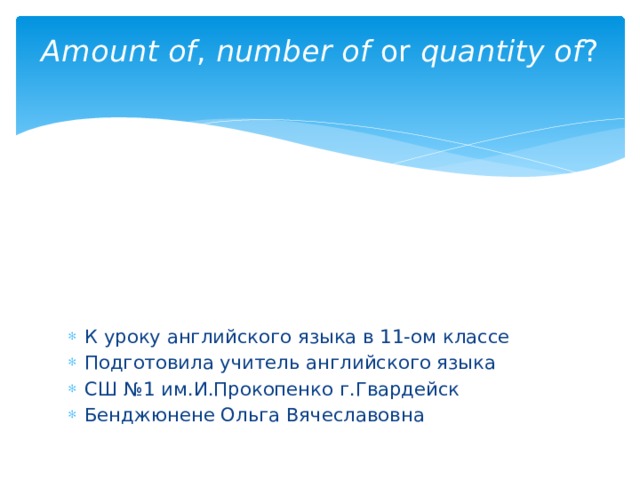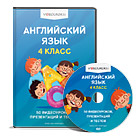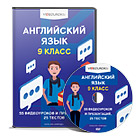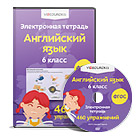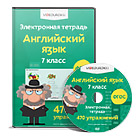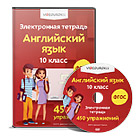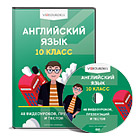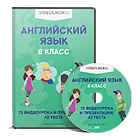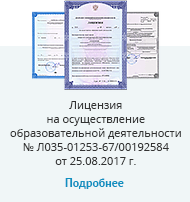

СДЕЛАЙТЕ СВОИ УРОКИ ЕЩЁ ЭФФЕКТИВНЕЕ, А ЖИЗНЬ СВОБОДНЕЕ
Благодаря готовым учебным материалам для работы в классе и дистанционно
Скидки до 50 % на комплекты
только до
Готовые ключевые этапы урока всегда будут у вас под рукой
Организационный момент
Проверка знаний
Объяснение материала
Закрепление изученного
Итоги урока
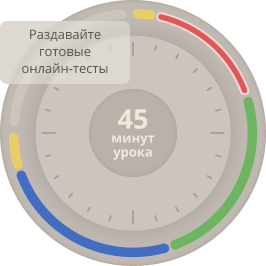
Была в сети 20.10.2020 17:48

Бенджюнене Ольга Вячеславовна
Учитель английского языка
49 лет
Местоположение
Россия, Гвардейск
Употребление amount, quantity and numbers of
Категория:
Английский язык
20.10.2020 16:53


